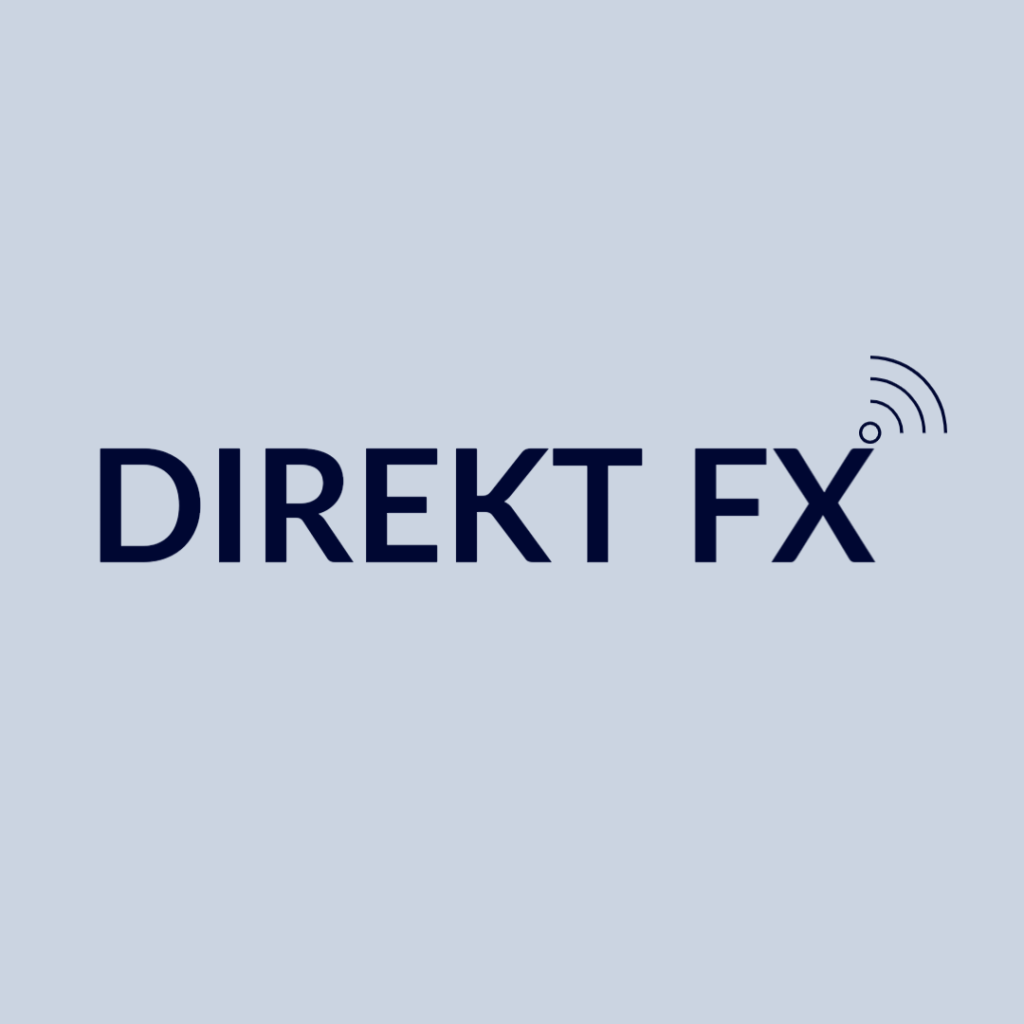
What Support Do CFD Brokers Need for High-Frequency Trading?
High-frequency trading (HFT) has become a significant part of the modern financial landscape, especially in the Contracts for Difference (CFD) market. This involves executing many orders at extremely fast speeds, often in milliseconds or microseconds.
For brokers operating in the CFD market, supporting HFT strategies requires a robust technological infrastructure, a deep understanding of market dynamics, and a proactive approach to risk management. This article provides a comprehensive guide on how brokers can effectively support HFT strategies.
Join the global network of professionals and find the ideal trading and liquidity partners now!
Understanding High-Frequency Trading
At its core, high-frequency trading leverages advanced algorithms and high-speed data networks to execute trades at speeds unimaginable to human traders. This trading method relies on exploiting small price gaps and making profits from minute price movements.
For brokers, understanding the mechanics of HFT and the strategies employed is the first step toward effectively supporting these operations.
Hardware and Software Requirements
The backbone of HFT is its reliance on cutting-edge technology. Brokers must invest in high-performance servers that can process orders with minimal latency. This includes powerful CPUs, high-speed memory, and fast storage solutions.
Additionally, implementing state-of-the-art trading software capable of handling algorithmic trading is essential. This software should be able to analyse market data in real-time, execute trades automatically based on predefined criteria, and adjust strategies dynamically based on market conditions.
Connectivity and Data Analysis
Speed is of the essence in HFT. Brokers must ensure direct and fast connections to market data feeds and exchange networks. Low-latency network infrastructure is crucial for receiving and executing orders as quickly as possible.
Furthermore, sophisticated data analysis tools are required to sift through vast amounts of market data and identify trading opportunities in real-time.
Risk Management and Regulatory Considerations
While HFT can offer significant profits, it also comes with its risks. Brokers need to implement comprehensive risk management strategies to mitigate potential losses. This includes setting limits on trade sizes, monitoring for abnormal trading patterns, and having fail-safes in place in case of system malfunctions.
Regulatory compliance is another critical aspect. Brokers must stay informed about the latest regulatory developments affecting HFT and ensure their operations adhere to these regulations.
Optimising Trading Systems
To effectively support HFT strategies, brokers must continually optimise their trading systems. This involves regularly updating trading algorithms based on market conditions, ensuring that hardware and software components are operating at peak performance, and continuously improving data analysis capabilities.
Conclusion
Supporting high-frequency trading strategies in the CFD market requires brokers to deeply understand HFT mechanics, invest in advanced technological infrastructure, and implement effective risk management practices. By focusing on these areas, brokers can optimise their trading strategies, ensuring fast and reliable trade execution while navigating the regulatory landscape and managing associated risks.
To learn more about trading platforms, follow us on LinkedIn.





